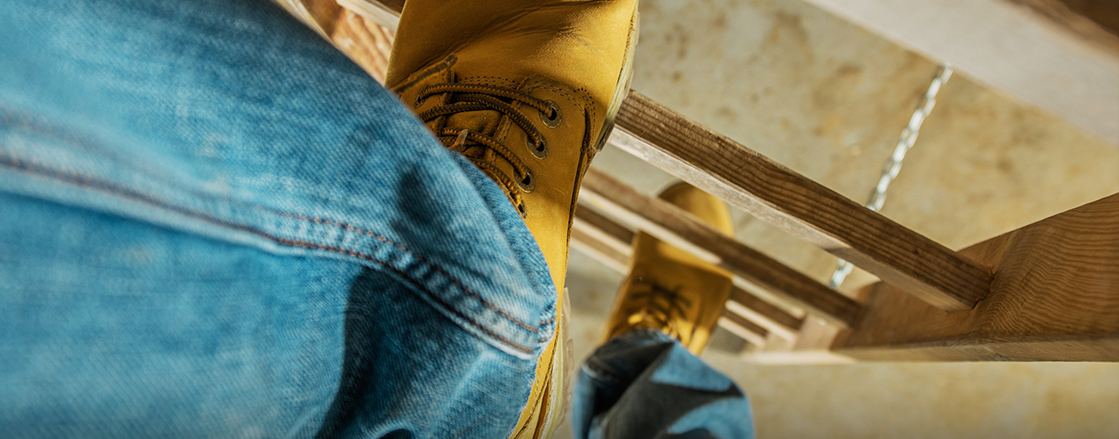National Safety Stand-Down Week: Protect your worksite from fall hazards
Falls from elevated heights continue to be a leading cause of death for construction employees. Each year they account for 300-400 of the 1,000+ construction fatalities. Each year another 10,000 suffer serious injuries due to fall hazards. Producers, whether your commercial client is a construction company handling dozens of ladders daily, or a mom-and-pop shop occasionally using a ladder to change light bulbs or access the roof, you can help them protect their workplace from fall hazards.
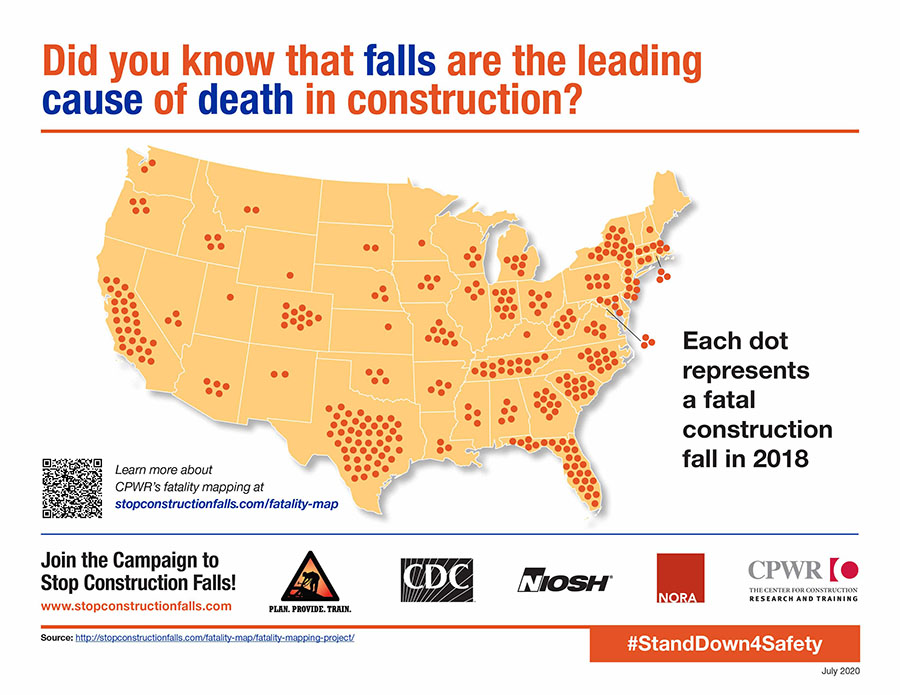
(All infographics courtesy of http://stopconstructionfalls.com/infographics/)
In a construction setting, the term “safety stand-down” is used to describe a pause in normal work so that all workers can focus on a particular safety issue. Any workplace can hold a stand-down by taking a break to focus on fall hazards and reinforcing the importance of fall prevention. Employers of companies not exposed to fall hazards can also use this opportunity to talk with employees about the other job hazards they face, protective methods, and the company’s safety policies and goals. Your clients should allow time for employees to talk about fall and other job hazards they see.
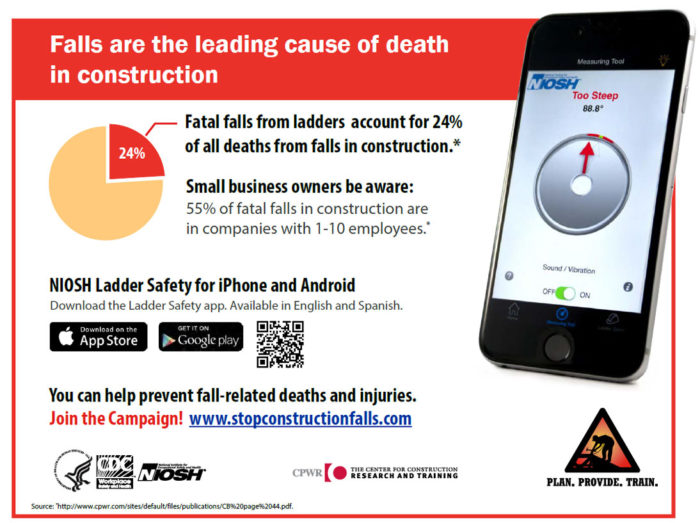
This week is National Safety Stand-Down Week, an opportunity for your clients to talk with employees about workplace fall hazards, protective methods and the company’s safety policies. Companies can participate by stopping work and providing a focused toolbox talk on fall prevention, conducting equipment inspections, demonstrating fall protection and procedures, or any number of other activities that educate workers on fall hazards and solutions. It’s also an opportunity for workers to talk to management about fall hazards they see.
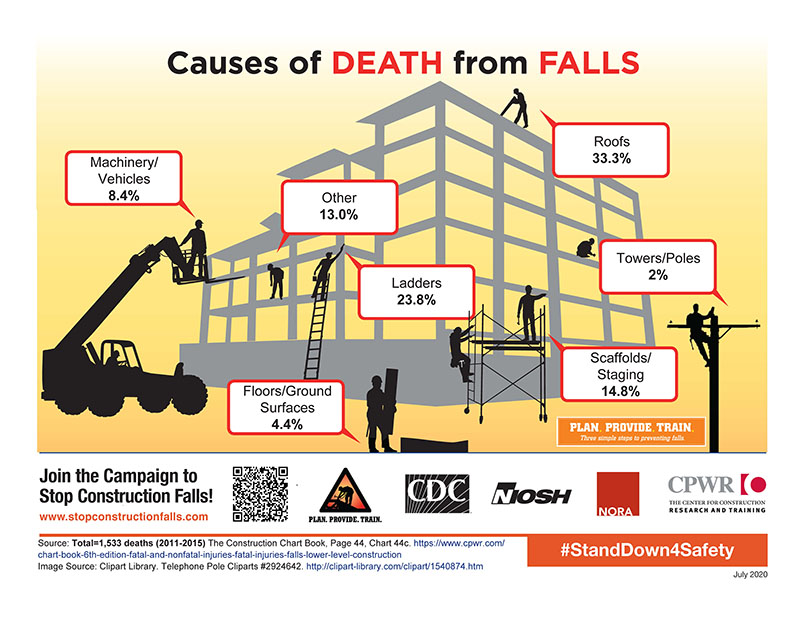
The goal of this national campaign is to prevent fatal falls from roofs, ladders, and scaffolds by encouraging workers to:
- PLAN ahead to get the job done safely.
- PROVIDE the right equipment.
- TRAIN everyone to use the equipment safely.
A wide variety of training tools are available via the StopConstructionFalls.com website to help you protect against falls from ladders scaffolds and roofs. Although this week is the national stand-down, these materials are available for use at any time, including
- Hazard alert cards to handout to workers, in English and Spanish
- Training handouts on ladder safety, scaffold safety and more
- “Toolbox talks” on safety on roofs, aerial lifts, extension ladders, step ladders, guard rails, equipment and more
- Safety checklists, training guides, PowerPoints, videos and more
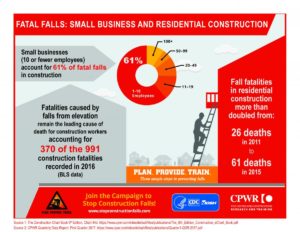
Tips to prevent fall hazards on your insureds’ sites
Here are a few facts from their materials to get you started:
- When working on a roof, always wear a harness; make sure it fits; and keep the harness connected – always. Use guardrails or lifelines. Don’t work around unprotected openings or skylights; instead, cover them first. Double-check any fall protection equipment before use.
- When working from scaffolding, ensure stable footing and proper access. Only use fully planked scaffolds that are plumbed, leveled and include guardrails. Don’t stand on guardrails or climb cross-braces. Never use a ladder on top of the scaffold. Keep scaffolding at least 10 feet away from live power lines.
- When working from a ladder, choose the right ladder for the job. Ensure it’s secured on level ground and maintain three points of contact. Don’t stand on the top two rungs of a stepladder or the top four rungs of an extension ladder, and don’t overreach. For every four feet in height, pull the ladder one foot back. And inspect the ladder before every use: the rails, rungs, feet and spreaders or rung locks. Keep hands free: don’t carry materials while climbing. Instead, use a rope to haul materials up to you.
RELATED: 10 ways to keep employees safe from winter work hazards
We believe most workplace fall hazards are preventable. With better training and continuous innovation in safety planning and product design, we can begin to see fewer injuries and fatalities. Please join us in sharing this message with your insureds.

